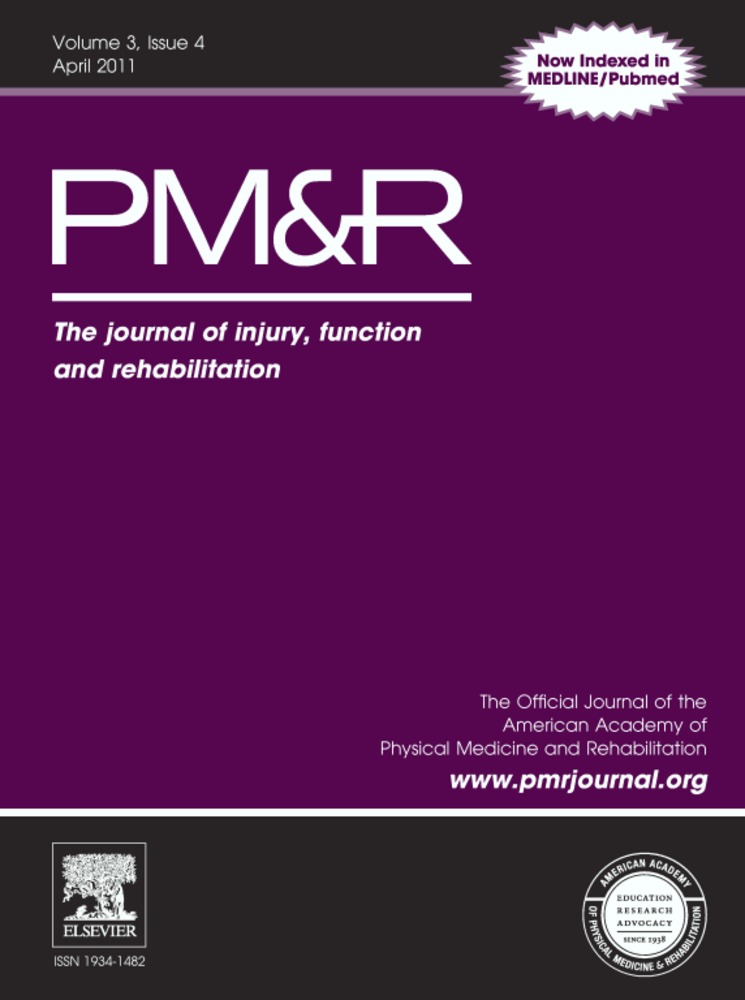Early Mobilization in Critically Ill Patients: Patients' Mobilization Level Depends on Health Care Provider's Profession
Abstract
Objective
To evaluate whether the level of mobilization achieved and the barriers for progressing to the next mobilization level differ between nurses and physical therapists.
Design
Prospective, observational study.
Setting
Twenty-bed surgical intensive care unit (SICU) of the Massachusetts General Hospital.
Participants
Sixty-three critically ill patients.
Methods
Physical therapists and nurses performed 179 mobilization therapies with 63 patients.
Outcome Measurement
Mobilization was defined as the process of enhancing mobility in the SICU, including bed mobility, edge of bed activities, transfers out of bed to a chair, and gait training; the mobilization level was measured on the SICU optimal mobilization scale, a 5-point (0-4) numerical rating scale.
Results
Patients' level of mobilization achieved by physical therapists was significantly higher compared with that achieved by nurses (2.3 ± 1.2 mean ± SD versus 1.2 ± 1.2, respectively P < .0001). Different barriers for mobilization were identified by physical therapists and nurses: hemodynamic instability (26% versus 12%, P = .03) and renal replacement therapy (12% versus 1%, P = .03) were barriers rated higher by nurses, whereas neurologic impairment was rated higher by physical therapists providers (18% versus 38%, P = .002). No mobilization-associated adverse events were observed in this study.
Conclusions
This study showed that physical therapists mobilize their critically ill patients to higher levels compared with nurses. Nurse and physical therapists identify different barriers for mobilization. Routine involvement of physical therapists in directing mobilization treatment may promote early mobilization of critically ill patients.




